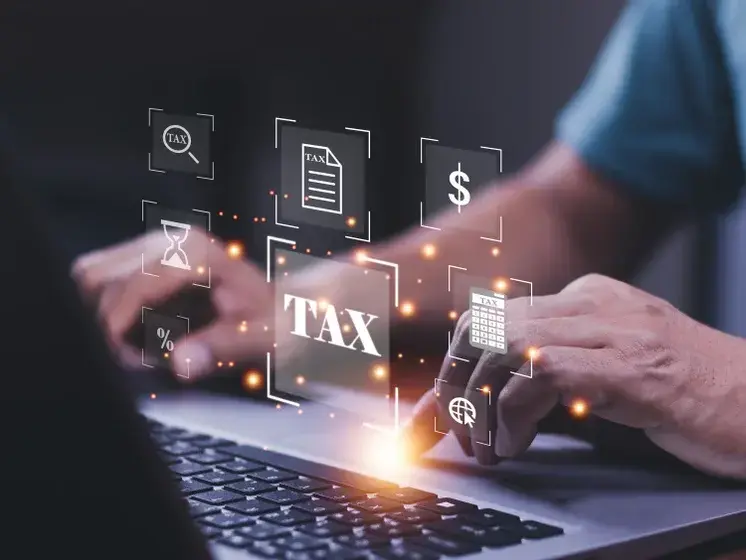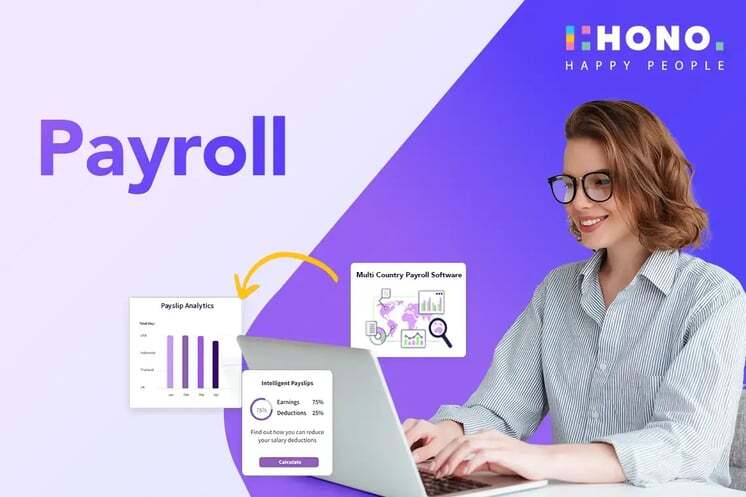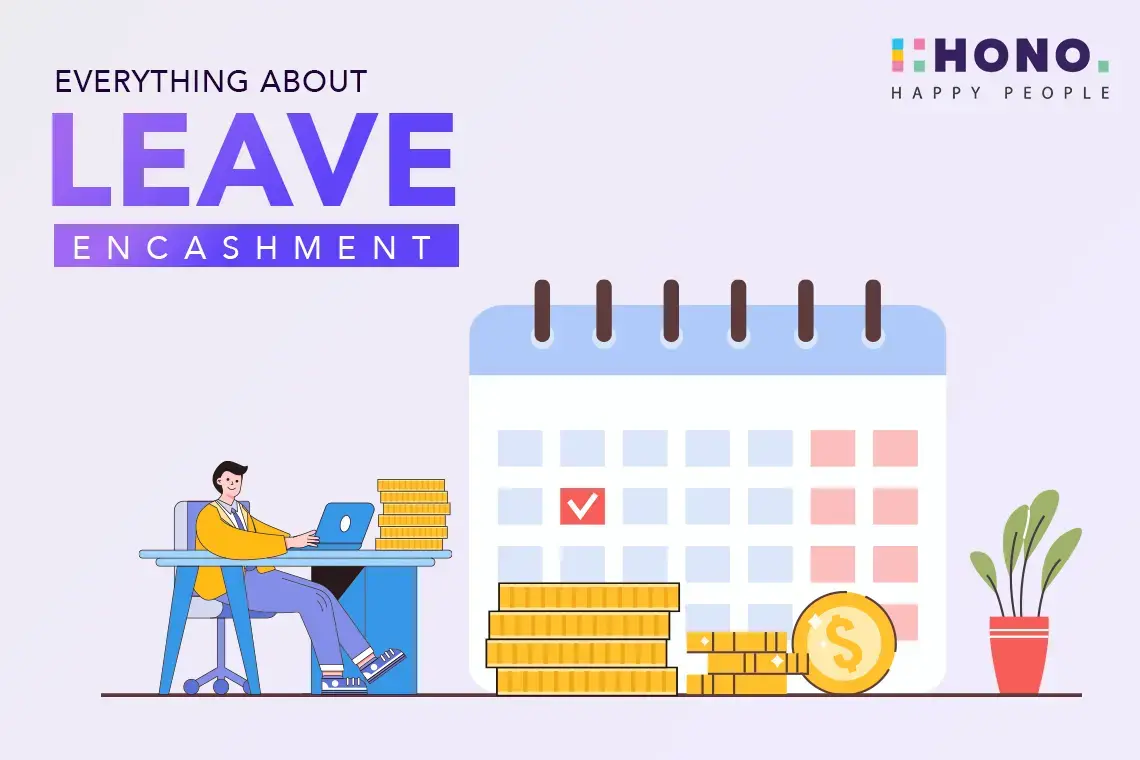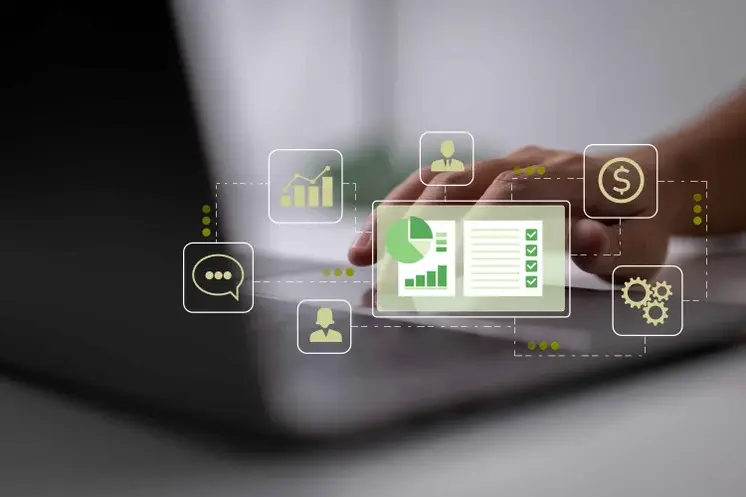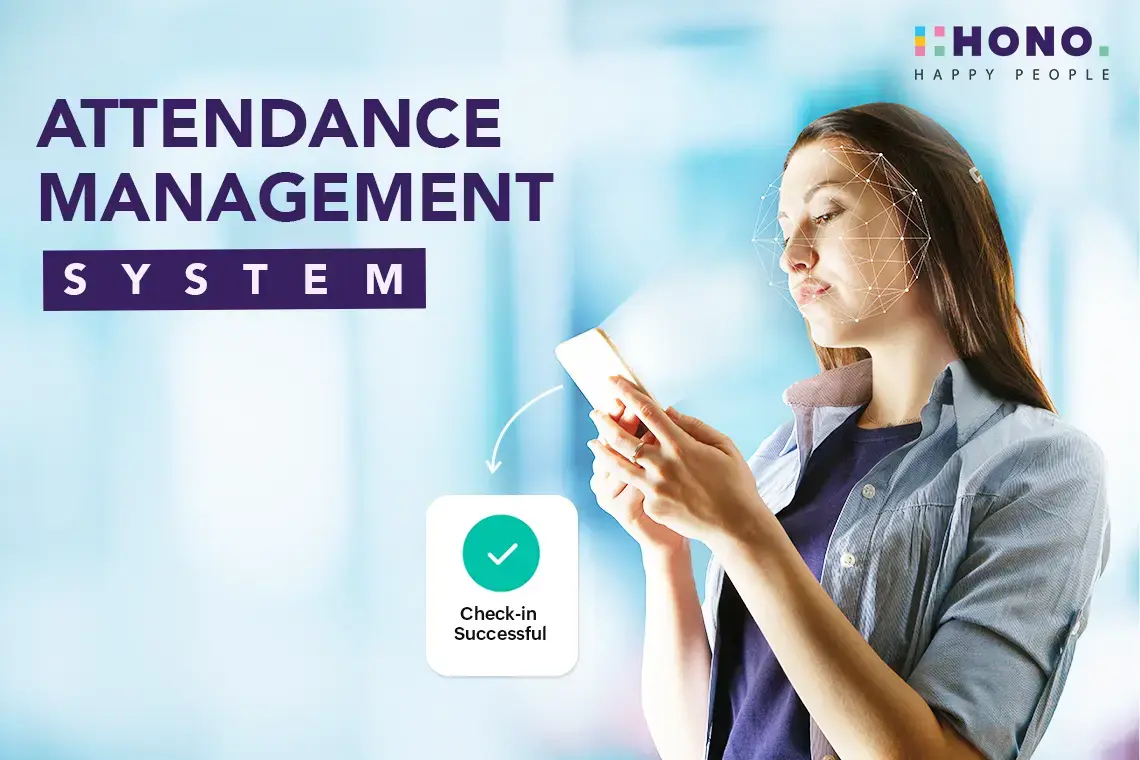A reward system for employees assists organizations in recognizing their employees' accomplishments by rewarding them with monetary or non-monetary awards. With such a system, you may apply many forms of awards and recognition concepts that encourage people to perform to their full potential.
A well-managed reward and recognition system also aids in the reduction of difficulties such as staff turnover and absenteeism. At the same time, it gives an excellent chance for businesses to recruit top employees.
Important Factors Affecting Employee Retention
Employee retention is critical because it keeps the business stable and fosters a positive employee experience.
Businesses that do not appreciate the value of employee retention sometimes suffer from a variety of negative business consequences. One of the most difficult components of maintaining a high level of retention is keeping staff engaged.
Employee engagement requires motivation, but keeping people involved has its own set of issues that are tough to manage.
Employee retention is linked to motivation since it promotes an employee's performance and is critical to employee engagement and happiness. Leaders deploy motivational tactics, resulting in workers who are more involved in their employment and more loyal to their organizations. Motivation may be classified into two types: intrinsic and extrinsic. While salary has always been a key extrinsic motivation in retention, intangible motivators and rewards are becoming increasingly significant to today's job seeker.
Also Read: How to Optimize Employee Retention Amidst Office Mandates with HCM Software
Does the reward and recognition system always have to be monetary?
In today's competitive business environment, companies are realizing they need to do more than simply pay their employees to keep them motivated and engaged. Rewards that are both unique and non-monetary may do wonders for morale in the workplace, productivity, and team loyalty. Therefore, companies must focus on various ways to motivate employees that go beyond monetary benefits.
How can non-monetary rewards boost motivation and loyalty among employees?
1. Recognition and appreciation:
Recognizing employees' efforts and successes on a regular basis, whether through verbal praise, written gratitude, or public acknowledgment, may have a substantial influence on their motivation. Employees are more likely to stay interested and devoted to their duties when they feel valued and recognized for their efforts.
Non-monetary benefits that emphasize a sense of belonging and camaraderie inside the workplace can encourage employee loyalty. Team-building activities, social gatherings, and joint projects foster a healthy work environment by making employees feel that they are part of a supportive and cohesive team.
Benefits like professional development programs, mentorship opportunities, and the opportunity to take on new tasks may encourage employees by demonstrating that the organization believes in their growth and future success. Employees are more inclined to remain with a firm that provides a clear route to growth and skill development.
2. Flexible Work Arrangements:
Offering work schedule flexibility or the chance to work remotely may greatly enhance employee morale. Non-monetary incentives, such as flexible working arrangements, allow workers to better combine their professional and personal lives, leading to higher job satisfaction and loyalty to the organization.
Allowing staff greater autonomy in decision-making and project execution may be a significant non-monetary reward. Employees become more committed to their jobs and motivated to reach higher levels of success when they feel trusted and empowered to make important contributions.
3. Meaningful Work:
Assigning activities and initiatives that correspond with employees' passions and interests may be extremely motivating. Non-monetary incentives, such as the chance to work on significant projects or contribute to social problems, can inspire a feeling of purpose and fulfillment, leading to enhanced loyalty and devotion to the organization's objective.
4. Work-Life Balance:
Non-monetary benefits that prioritize employees' well-being, such as wellness programs, flexible leave policies, or stress-reduction activities, show that the company cares about its people beyond monetary concerns. Employees who feel supported in balancing work and family life are more likely to be motivated and loyal.
Providing employees with demanding and intellectually interesting projects may be a non-monetary incentive in and of itself. Employees experience a feeling of success and are encouraged to perform when they are given the opportunity to develop their talents and solve challenging tasks.
How to choose the correct reward and recognition system for your organization?
1. Look for a rating or point-based reward system
In today's globalized environment, there has been a dramatic shift in how employees are rewarded. Due to its low cost, a point-based reward system has been adopted by many companies. Employee morale is boosted when they obtain incentive points because of their monetary worth. The distribution of these points is simplified by reward systems. Managers have the ability to choose the circumstances under which employees earn incentive points. In addition, they can monitor point usage, which adds another layer of openness.
For companies with employees all around the world, a point-based reward system is ideal since it makes converting currencies simple. If you're in the market for a rewards programme, it's important to choose one that offers point-based benefits with a conversion option.
2. Flexible approval process
Management styles differ from company to company. So, if the suggested system can't handle variances, that may be an issue. The nomination and approval procedure is the backbone of most companies' incentive systems for employees. Getting the necessary buy-in from upper management to hand out bonuses may be a lengthy process. This is a fairly lengthy procedure, and any holdups might have a negative impact on your incentive program for employees.
Therefore, to keep things easy, make sure the system supports modifying the nomination procedure as needed.
3. Option to pick your own rewards
The ability to choose one's own awards is one of the most appealing features of a modern employee compensation scheme. It's a crucial part of any cutting-edge reward and recognition system for rewarding and acknowledging workers. Having top-tier brand vouchers and gift cards available on the site itself is ideal for a points-based incentive system.
Be sure to inquire with your reward system provider about the reward catalog that workers may access at any time to redeem their points for the chosen incentive.
4. Customisable award types and rules
Look for reward systems that provide you the accessibility to modify or add an award rule. Also, there should be options to create different award types based on the requirements and criteria. This will keep the entire department aligned on the goals needed to track and choose the correct candidate for the respective award.
5. Dynamic leadership dashboard
Key performance indicators (KPIs) for employee recognition and leadership may be tracked and shown on a dynamic dashboard in the employee reward and recognition system. The dashboard's real-time data and analytics allow for better employee recognition and engagement decisions to be made by managers and executives.
The dashboard should provide employee recognition data such as the number of recognition awards given, the kind of awards granted (e.g., peer-to-peer, manager-to-employee), and the frequency of recognition events.
An innovative reward and recognition system that incentivizes performance is a great tool for motivating and maintaining a competent team. Organizations may promote a culture of recognition and appreciation by knowing the individual requirements and preferences of their employees and designing reward programs that go beyond typical monetary incentives.
Request a Demo Now!

.png?width=70&height=70&name=Team%20HONO%20logo-01%20(1).png)


